|
We are heading into Week 3 of the quarter, and these past two weeks have been a whirlwind of preparing for our experiments, which will begin this week. During Week 1, we chatted with Brad, our community partner from TCHO, in order to get feedback on our plan for growth experiments and get updates on touching base with his cacao exporting contact, who could offer some insights on the needs of cooperatives and farming collectives in Ghana. We are hoping that the further conversations help us decide whether to prioritize water filtration experiments and nitrogen cycle research as it relates to use of biochar. For now, we are continuing both angles and planning for those conversations. Emily is in the process of buying and building the water filters and helping the team obtain other growth experiment materials as well. As far as growth experiments, we were planning to grow okra starting Week 3 (as campus was in a quarantine period for most of the first two weeks), which fares well in our climate but has similar characteristics to cacao. Brad offered us the opportunity to grow cacao seeds using the next pod shipment and shared with us some insights on both germinating and planting the seeds; Chloe and Shikha also began researching the conditions and schedule for growing cacao pods in our climate, as these may provide deeper insights for future project teams on cacao’s reaction to commercial biochar. We decided to check in with Ning from Chocolate Concierge, a local chocolatier in Malaysia and a contact of Latifah’s (another project mentor) in order to learn more about starting a cacao nursery. Ning, whose social enterprise is trying to create personalized flavor experiences by managing all steps in the bean-to-bar process, gave us incredible insights, from the best temperature conditions for cacao to ideal practices around choosing seeds from our pod. We also got to see live cacao trees surrounding Chocolate Concierge. ESW Team Tcho & Chocolate Concierge Zoom Call - actual growing cacao These insights help the team set up planting instructions and datasheets for data collections. After reviewing plans with the Stanford farm this past Friday at our walk through and tour, we are planning to germinate and plant the cacao seedlings using pots inside the greenhouse (at 80% light), under the shade of the existing tables (~50% light) to simulate the understory growth of cacao. We are planning to begin setting up the pots, inoculating the biochar, and germinating the seeds next week. Shoutout to Julia for taking many of the farm photos and the awesome documentation help this week! Inner view of O'Donohue Family Stanford Educational Farm, plants are currently being misted (cacao pots placed under the table) Chloe & Julia show off the greenhouse, future home to cacao seedlings. The plants will be watered daily automatically (though we will check on them and supplement water as needed), and after germination, we will come about every other day to take plant measurements and note changes. We do have a 10x10 outdoor plot, which we are currently deciding how to use. 10x10 plot on the farm, where we store materials and run outdoor growth experiments On one hand, we could test how cacao could fare in this outdoor environment as a seedling, but on the other, we could plant okra here as it may fare better. Brad also informed us of a cacao pod delay in shipping, so given the potential of delaying the seed germination, we may begin planting okra to obtain a longer data record. As we wait for the plants to germinate, we can also begin noting all the conditions and inputs to the soil for a final report to share with partners and stakeholders. We are also excited because the farm may be interested in taking some of the cacao plots at the end of the experiment!
0 Comments
Now, heading into Week 4 of our quarter, we are so excited about the progress being made in our project and where it will go over the course of the next few weeks. To outline the headway we have made this past week, this past Monday, we began to set up our experiment and get acquainted with the Stanford O’Donohue Farm. On Tuesday, we were able to finish the setup process, measuring out by weight the different quantities of potting soil, biochar, and compost we wanted to test in each of our 20 pots. Experimental Setup: Julia Measuring out the Soil Mixtures in the Pots Wednesday and Thursday consisted of watering the soil mixture. Then, on Friday, we planted okra in 10 of our pots. Okra is a good indicator of how biochar will impact soil health and plant growth as it has similar growing conditions to cacao. The benefit of growing okra in addition to cacao is that okra can be grown outside as it is less sensitive to sun and temperature, but it also can provide more physical data points in a shorter amount of time as it produces yields quickly and will allow us to look at indicators like number of leaves, plant height, blooms, and yield.
We just completed our fourth week of the quarter and officially have fully planted all of our cacao seeds! We needed to prepare a lot for the growth experiments to ensure that all the data that we needed was ready to be taken with the proper tools, so the past week was spent solidifying our foundational procedures so that future weeks will go by smoothly. First, we brought the fresh cacao pods to the farm and were able to, for the first time, see raw cacao with our own eyes instead of online! It was a really cool experience. ¾ of the TCHO team taking a picture with one of the cacao pods we received. Weighing and opening the pod. We then sorted through the seeds to make sure none had sprouted already and picked out some that looked unfit to grow, then placed them in a bucket of water for germination. At this moment, we started a new venture on documentation: vlogs and videos! We wanted to find a way to capture our process more holistically and share it with everyone, so we decided to take this on. Our plans for this are to compile as much (relevant) documentation as possible, then at the end of the quarter consolidate it into something presentable. To start this off, we made a timelapse of our team members sorting through the cacao seeds! After this, we placed the bucket in the greenhouse near the cacao pots so that once the seeds were germinated, we could plant them. For the rest of the week, our team scheduled shifts such that we could visit the farm once a day from Monday to Saturday, and we logged our progress and visits in a new spreadsheet. Farm Log / Journal, filled out for Week 3 and 4 By Wednesday, two seeds had germinated; Thursday, another two. By Friday, most if not all the seeds had germinated. As per daily visit, we would water the okra and change the germination water, and when seeds were ready, they were immediately planted. We developed and followed a chart to keep track of all our pots, and seeds were planted in pairs that corresponded to “opposite but matching” levels of biochar and compost. For example, the first two seeds planted were in pots 1 and 6, 5% with biochar and compost respectively in the first pot and just 5% biochar in the latter pot.
|

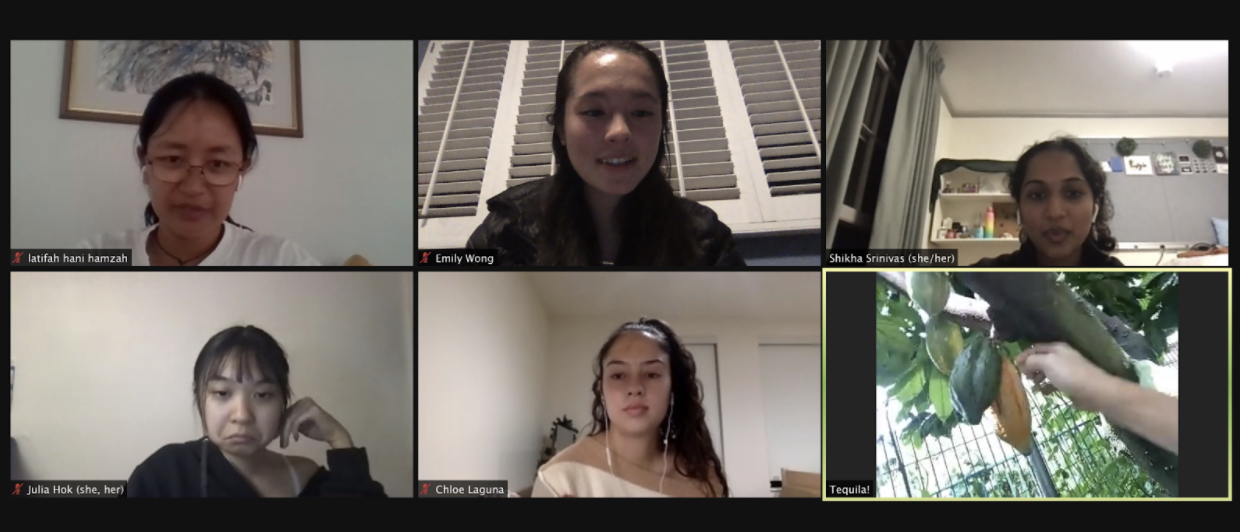
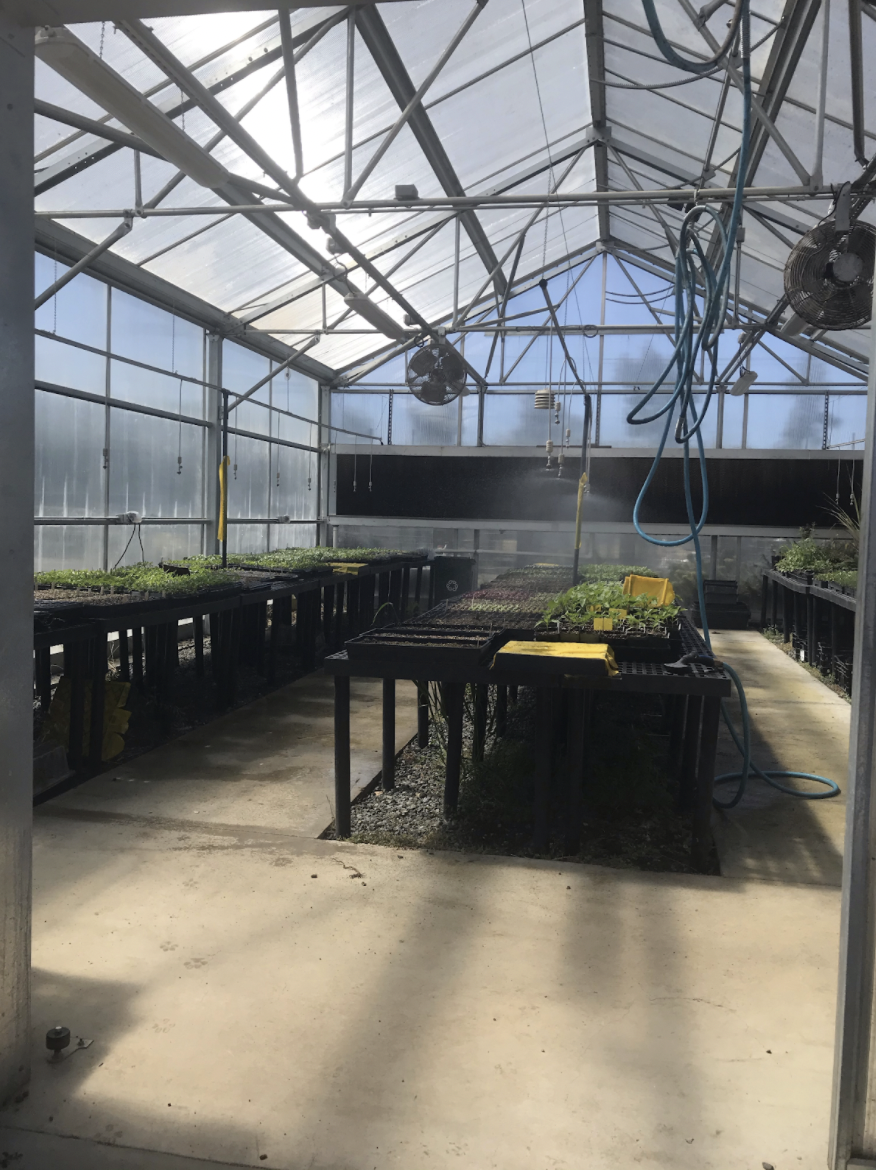
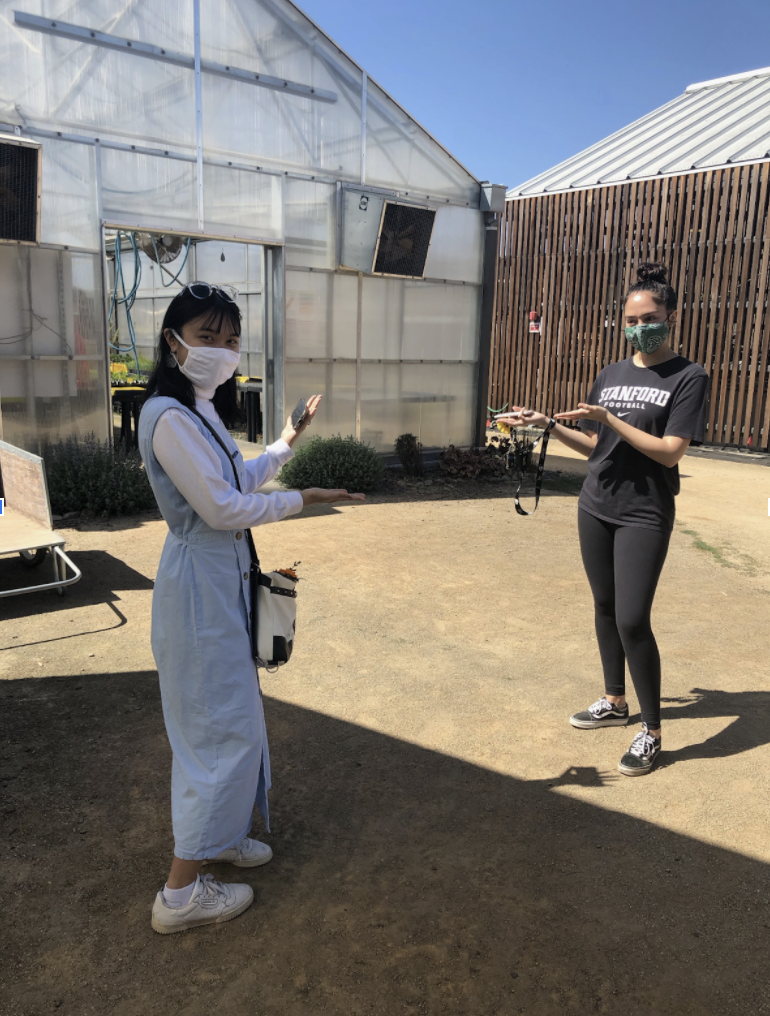
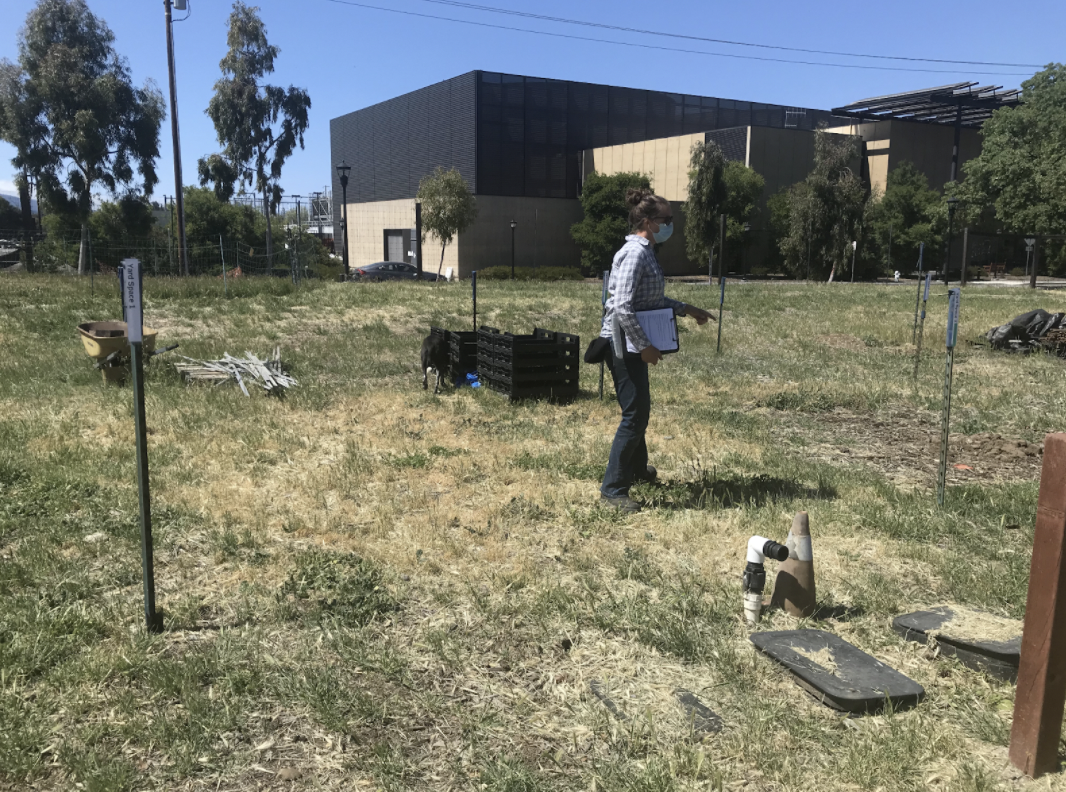
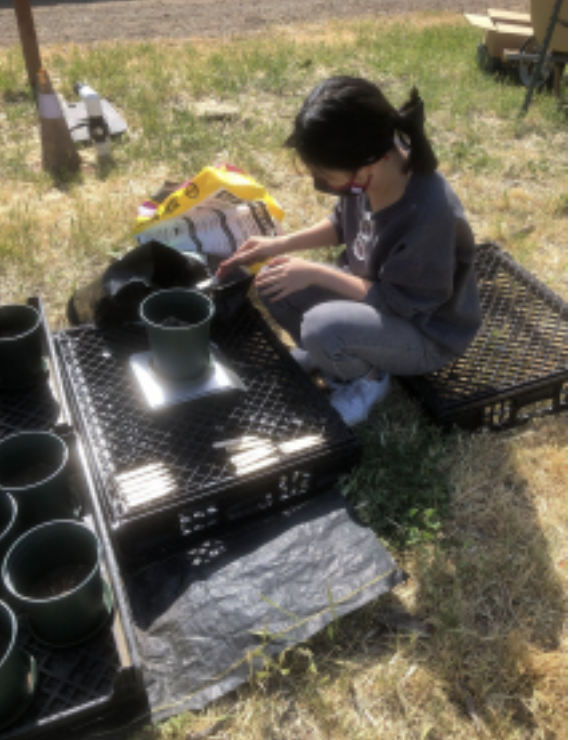
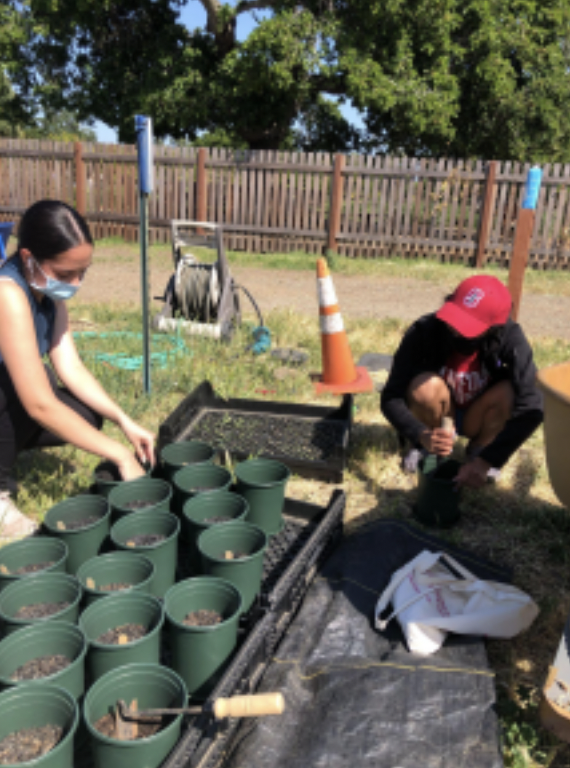
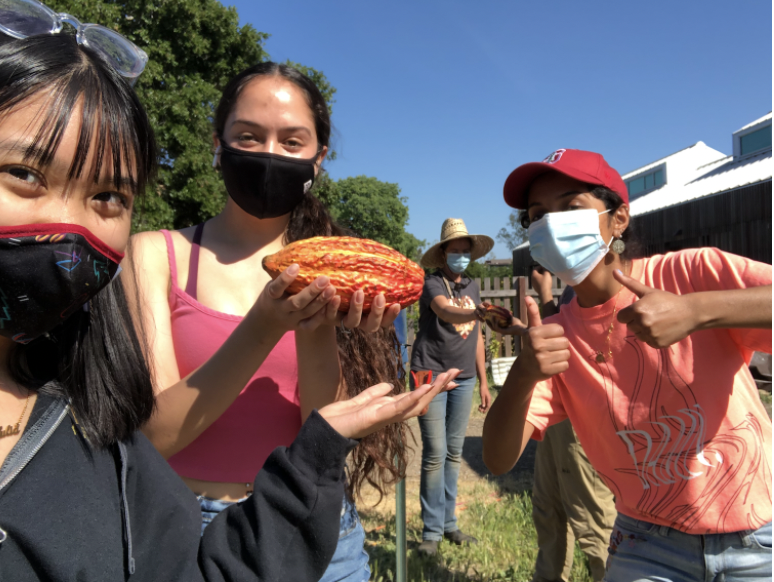
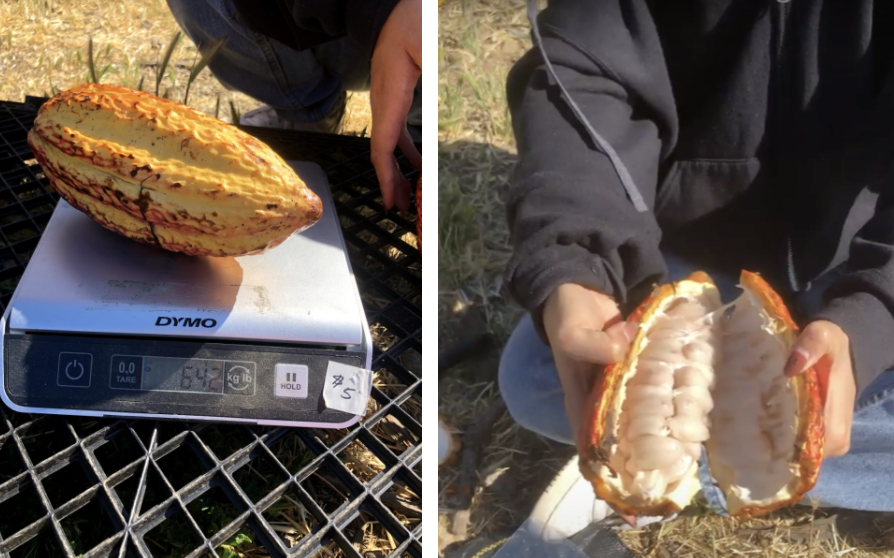
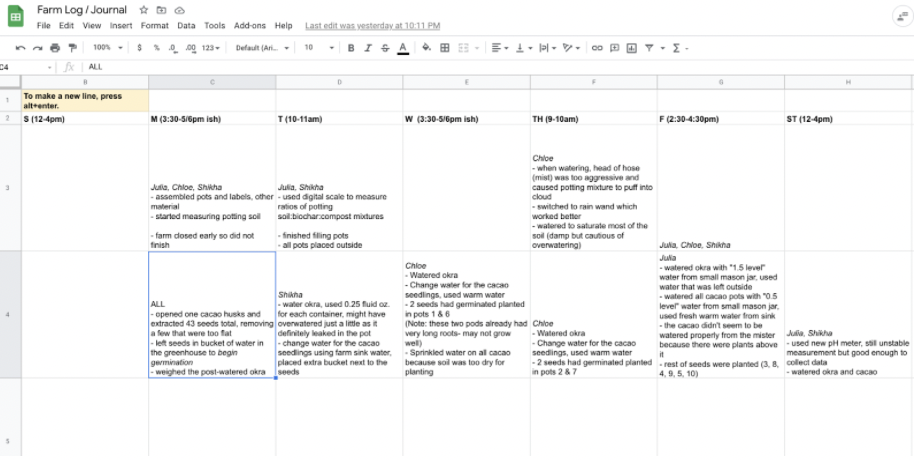
 RSS Feed
RSS Feed
